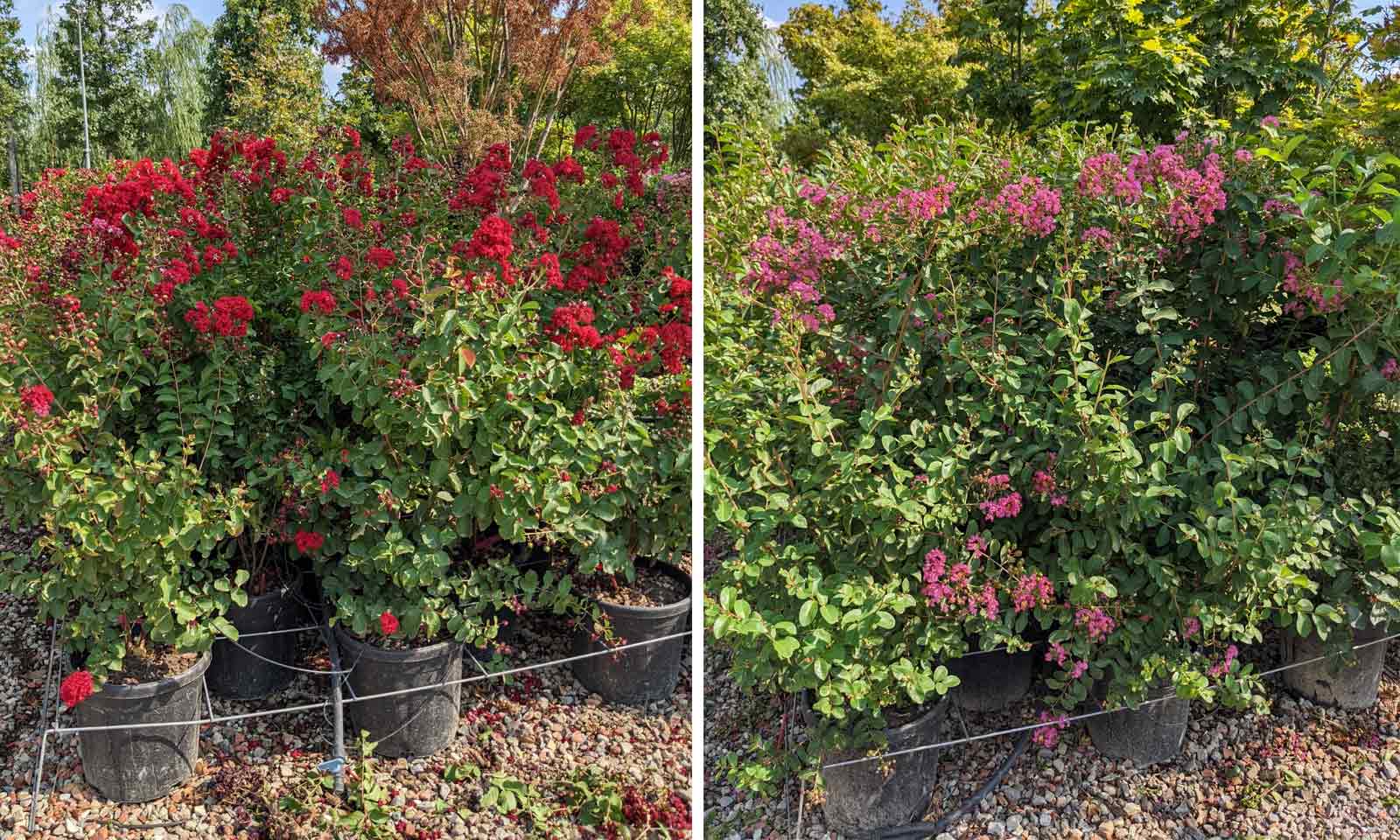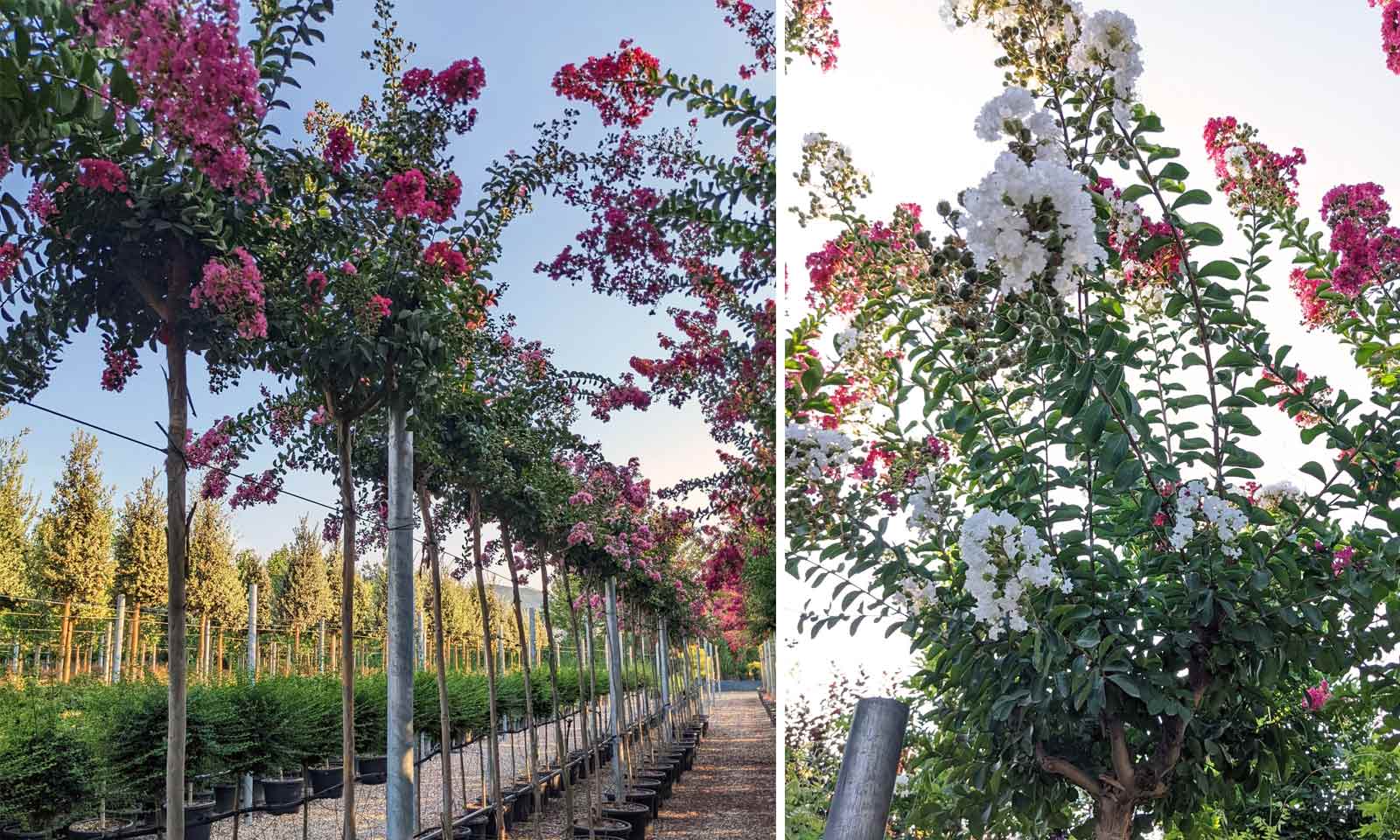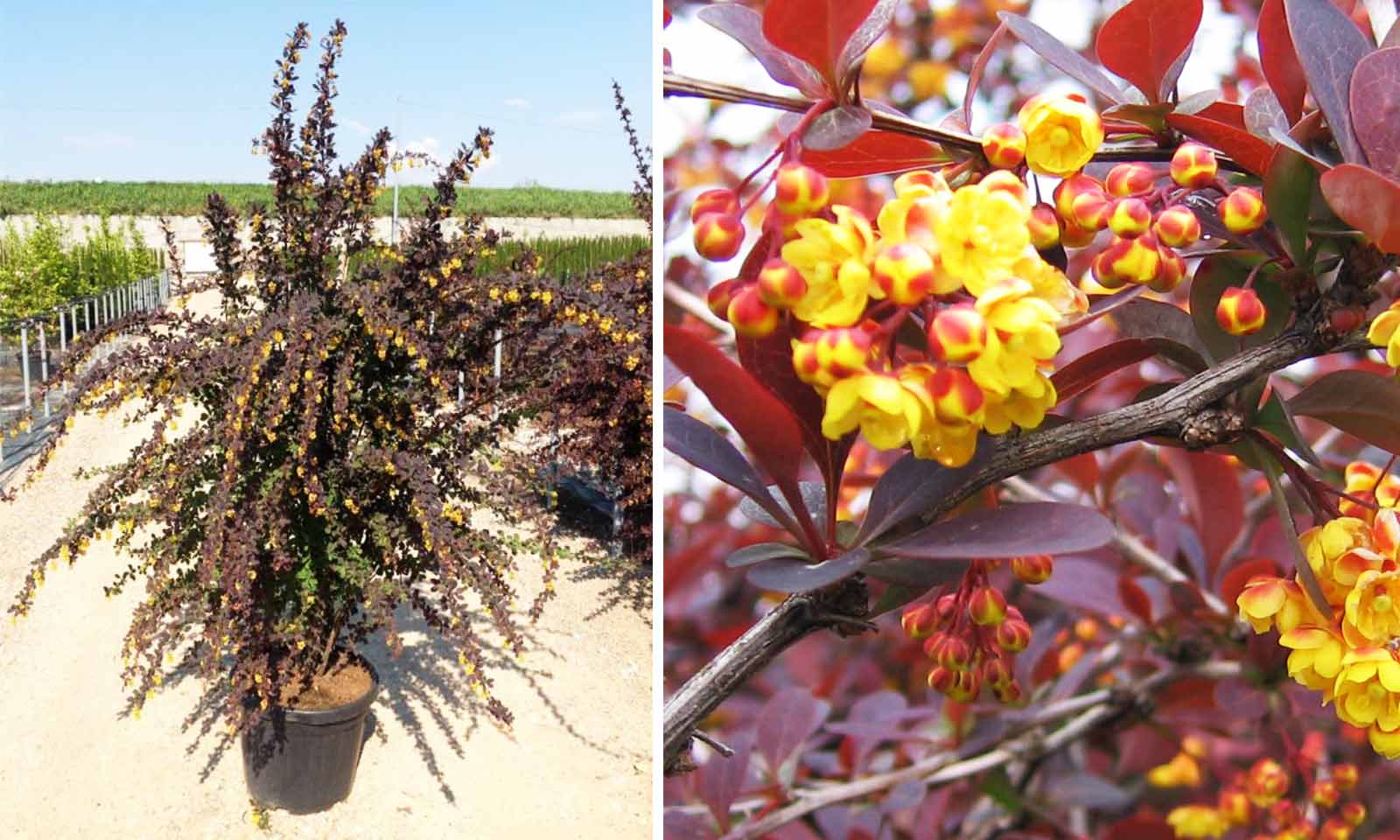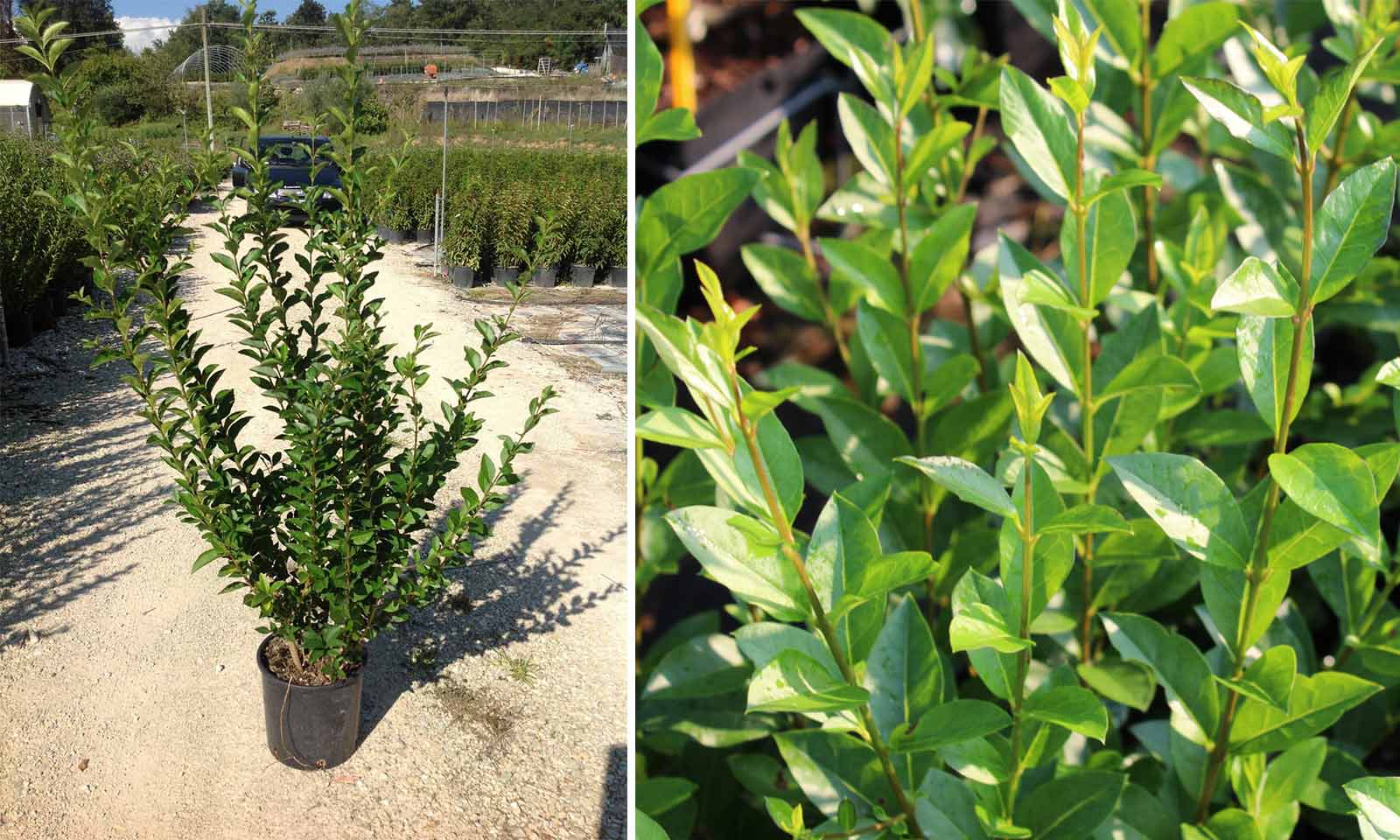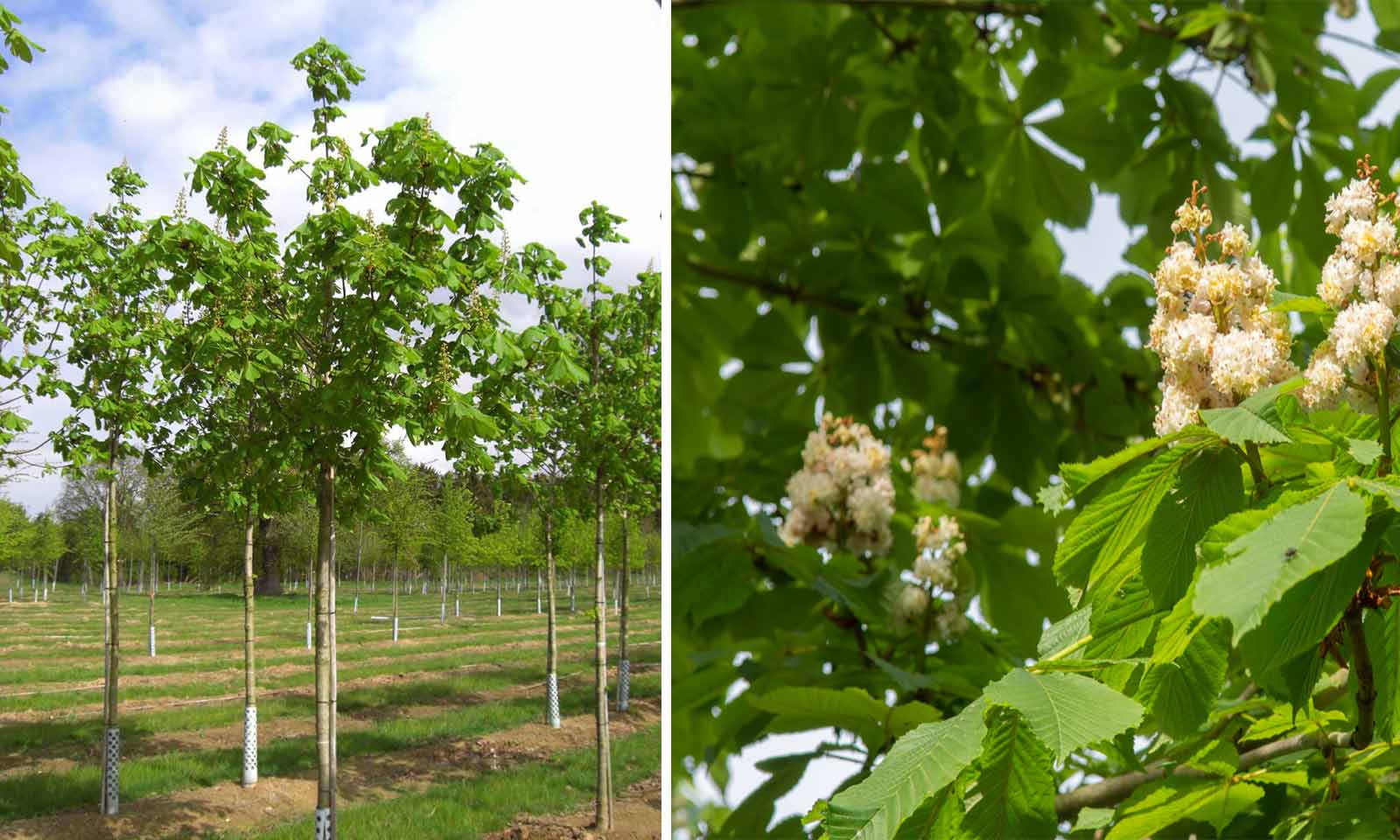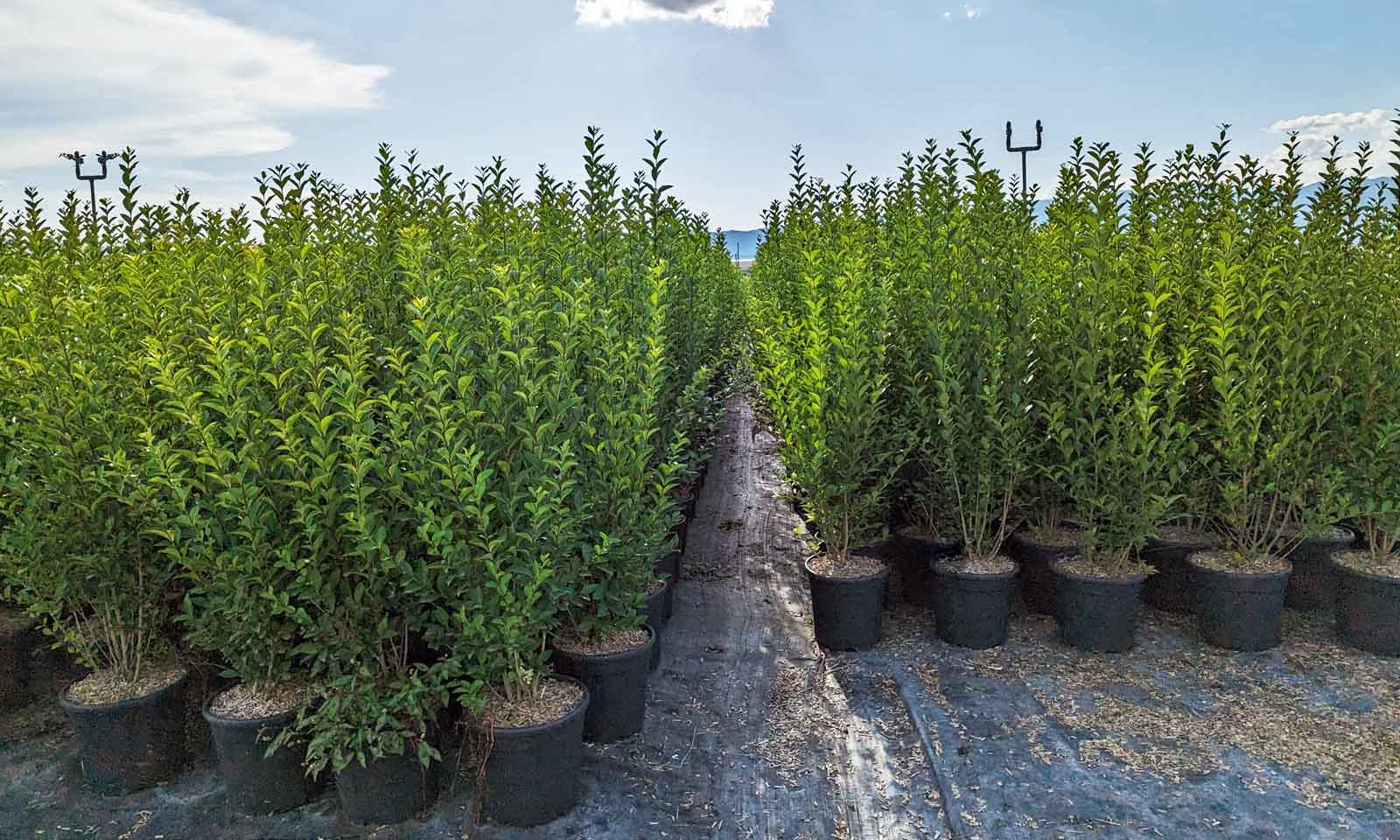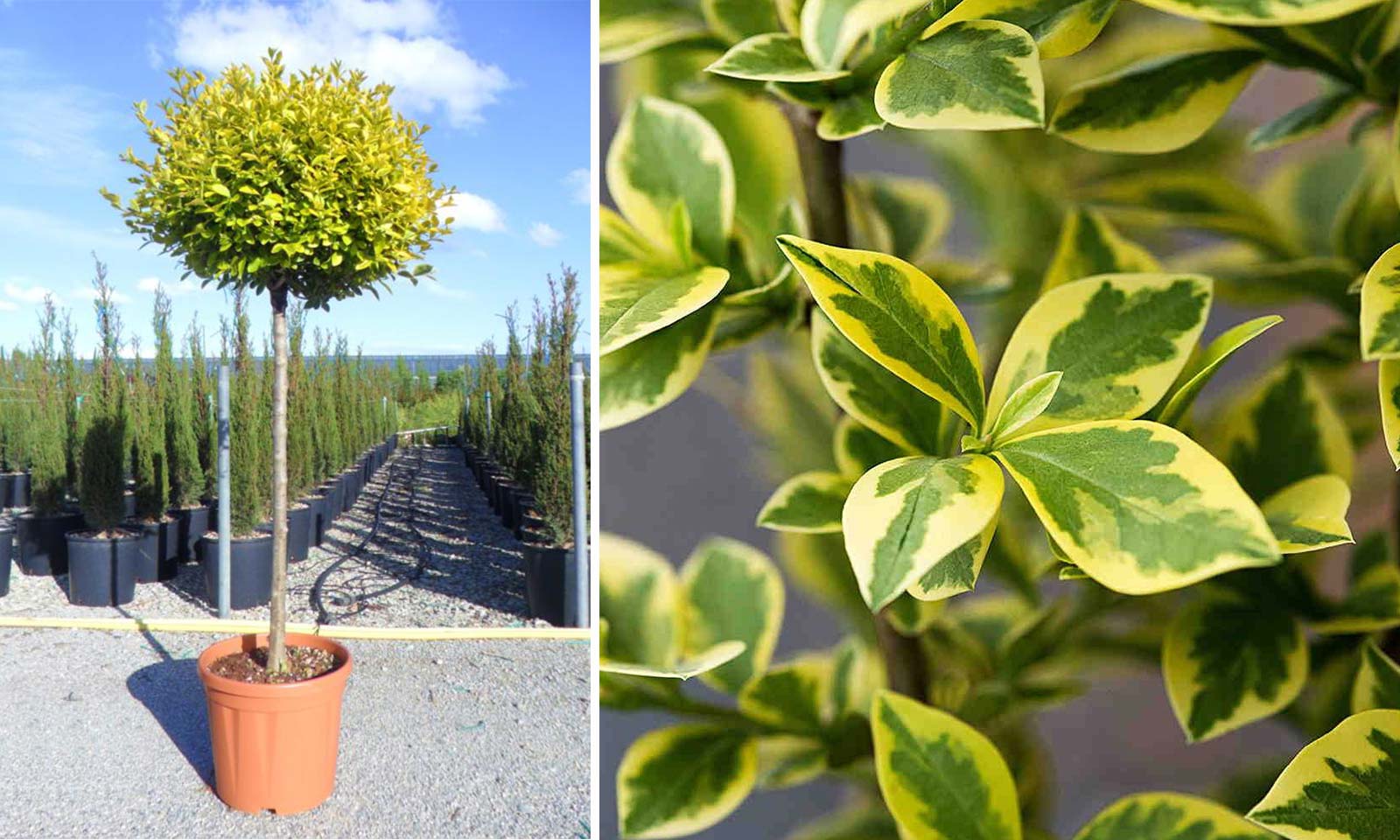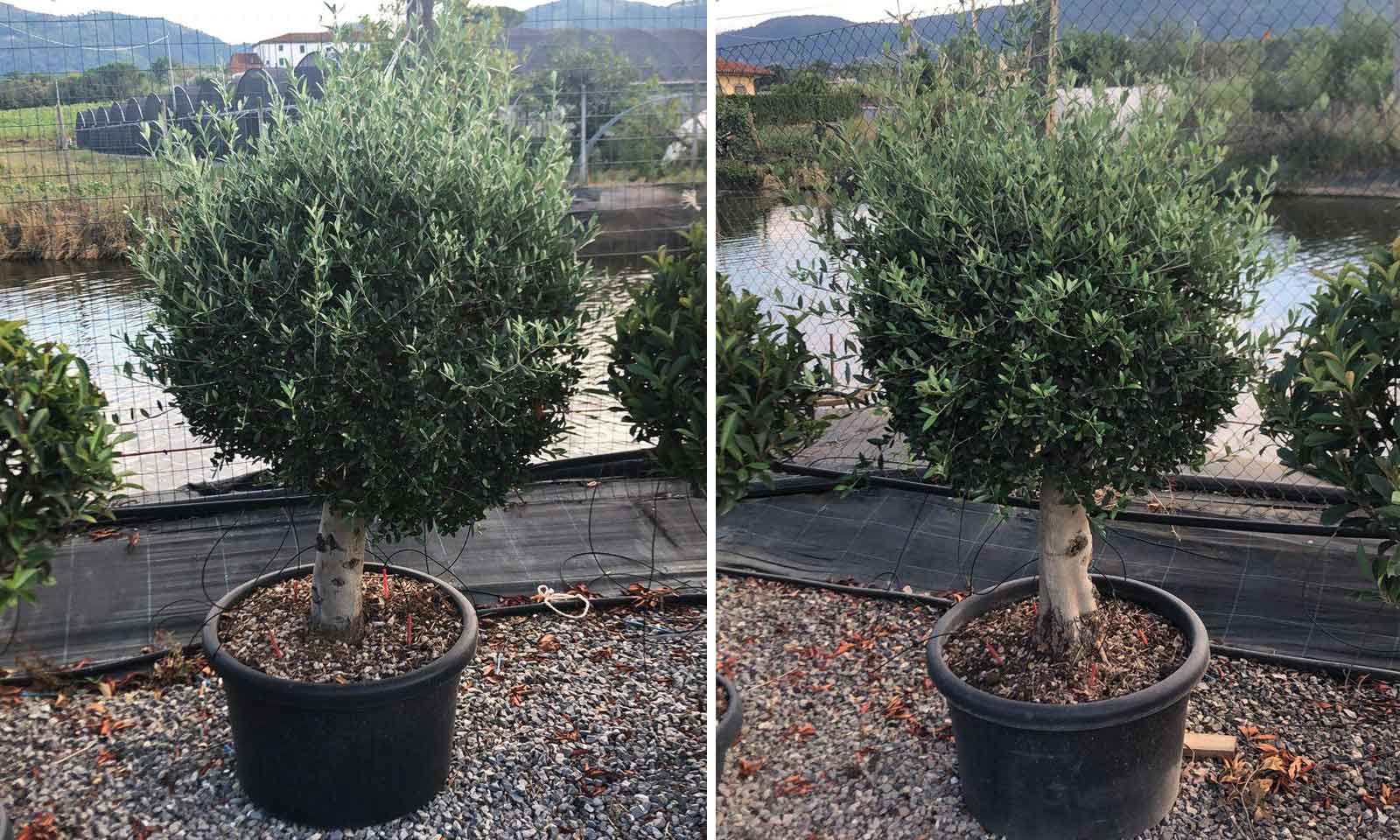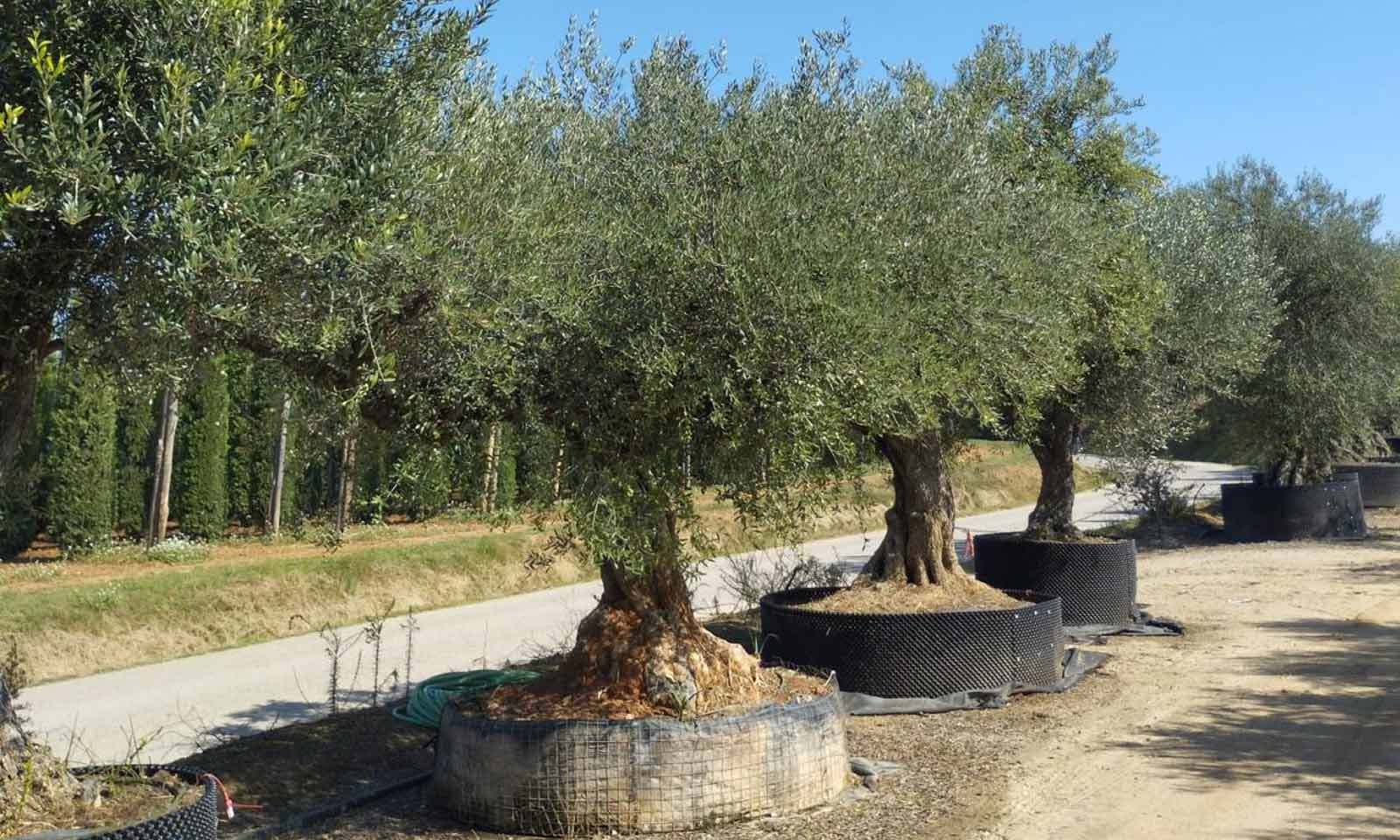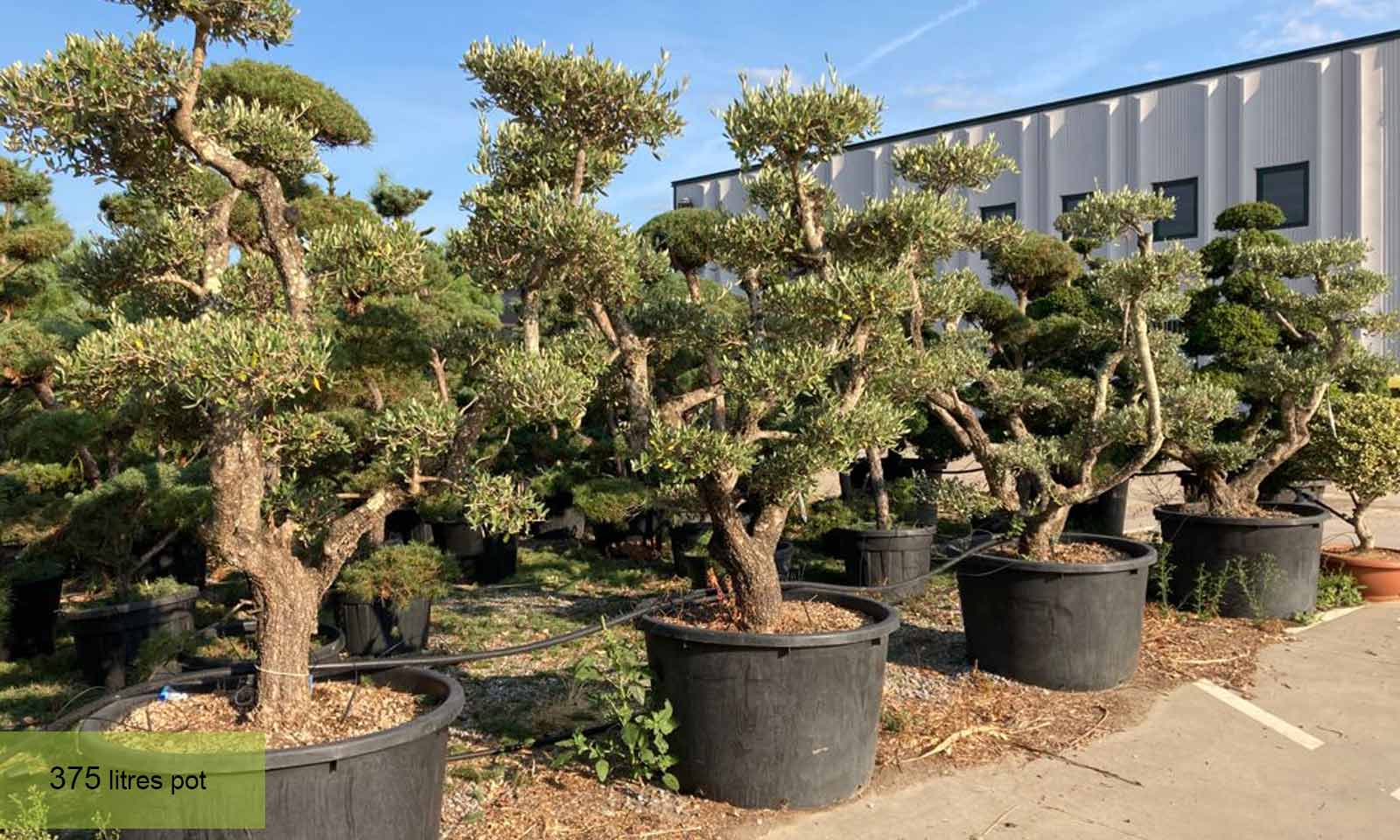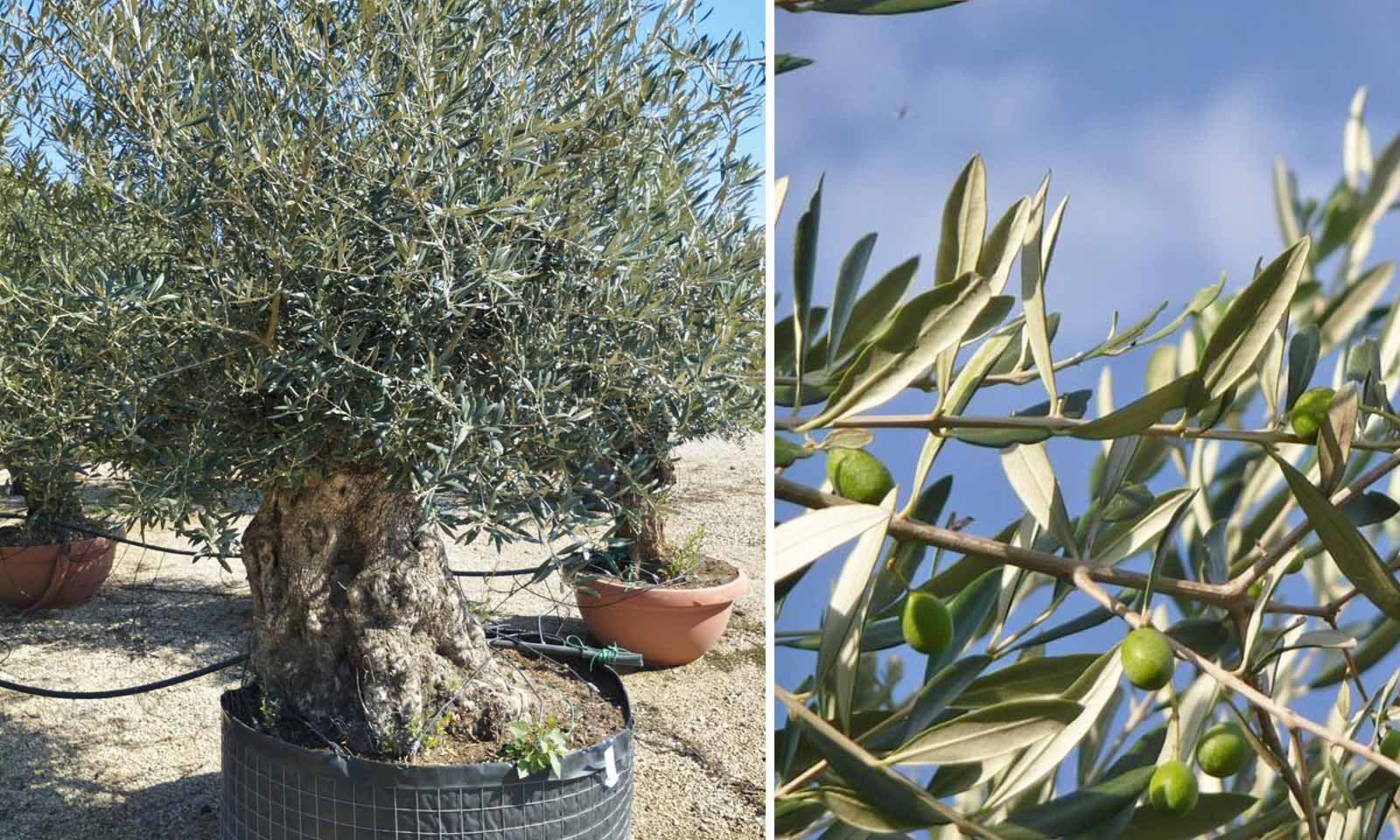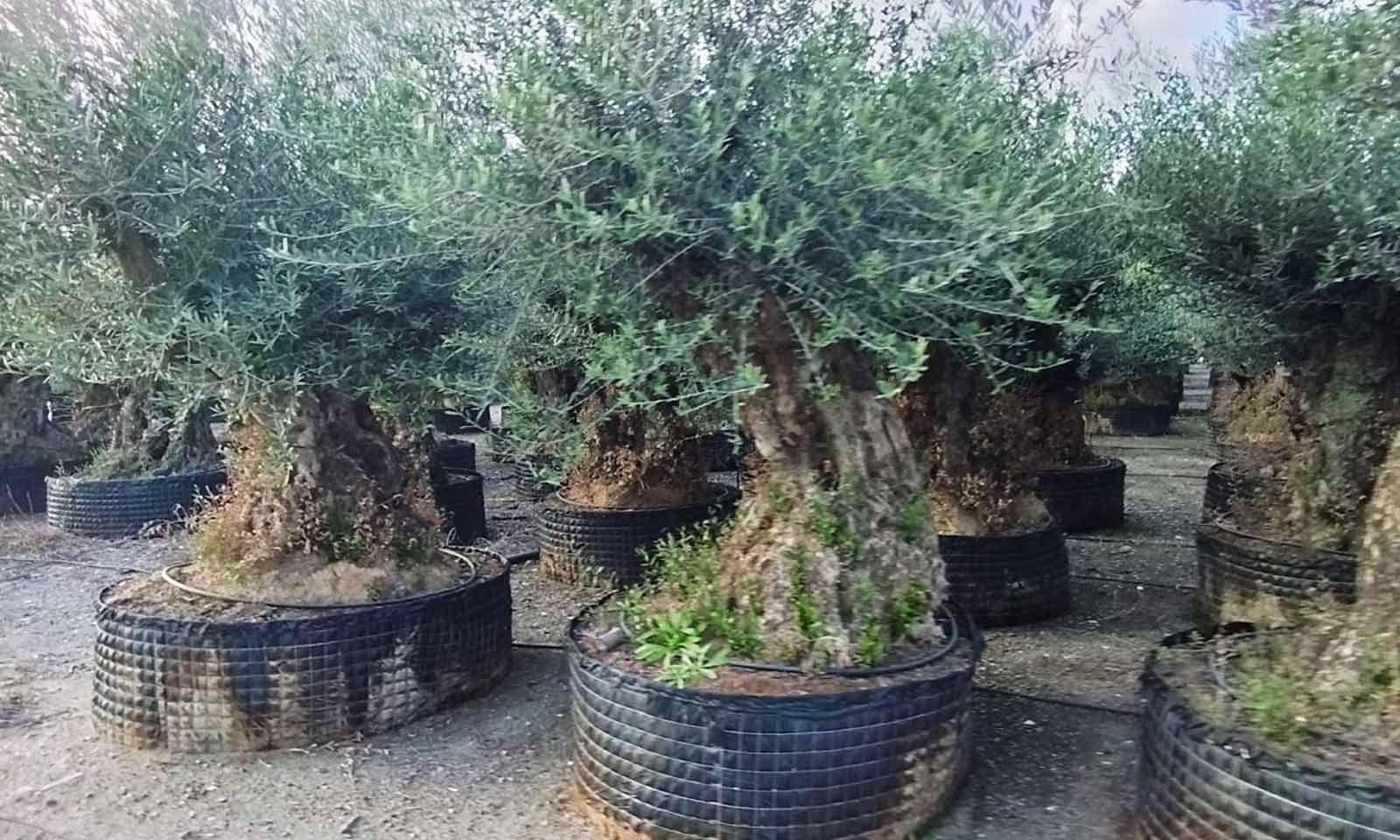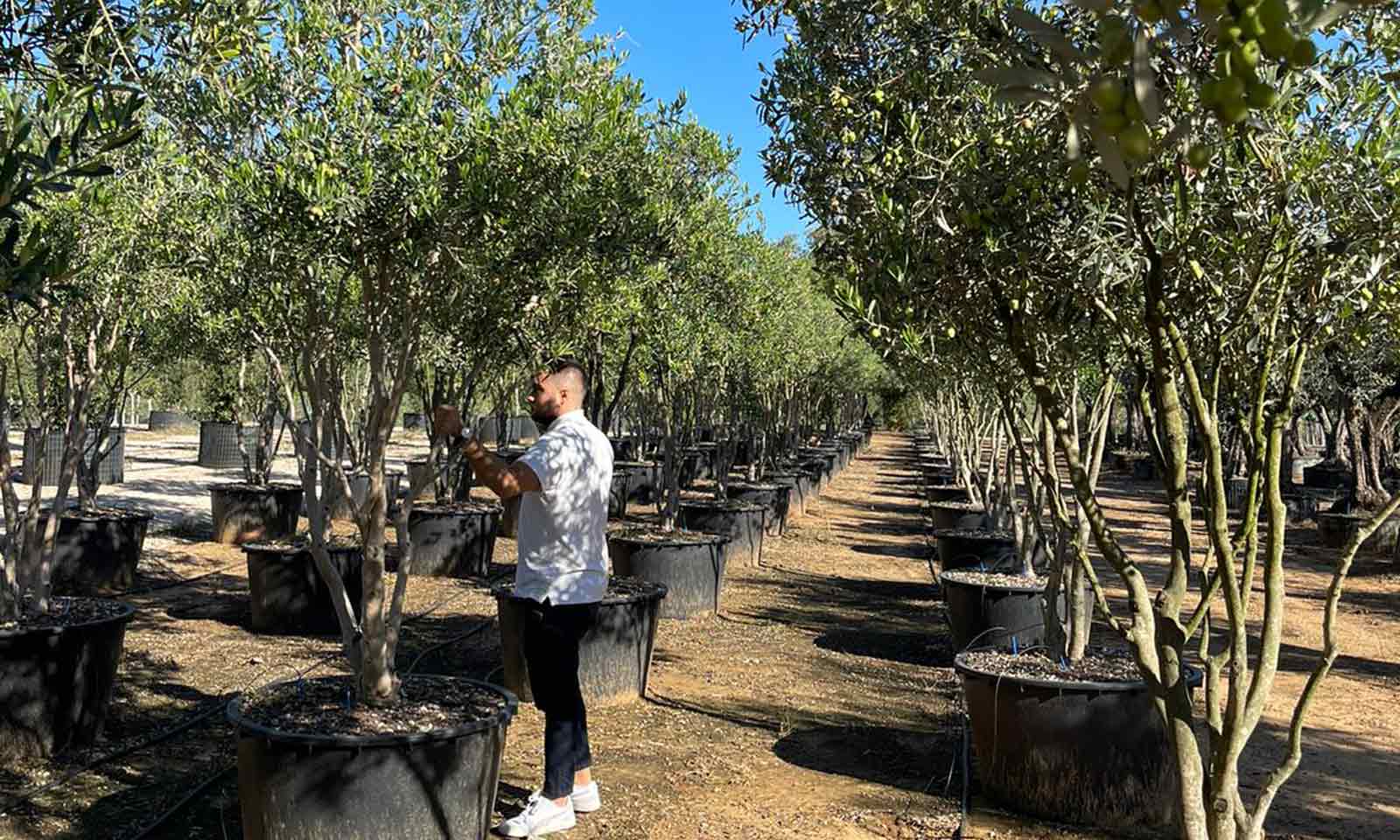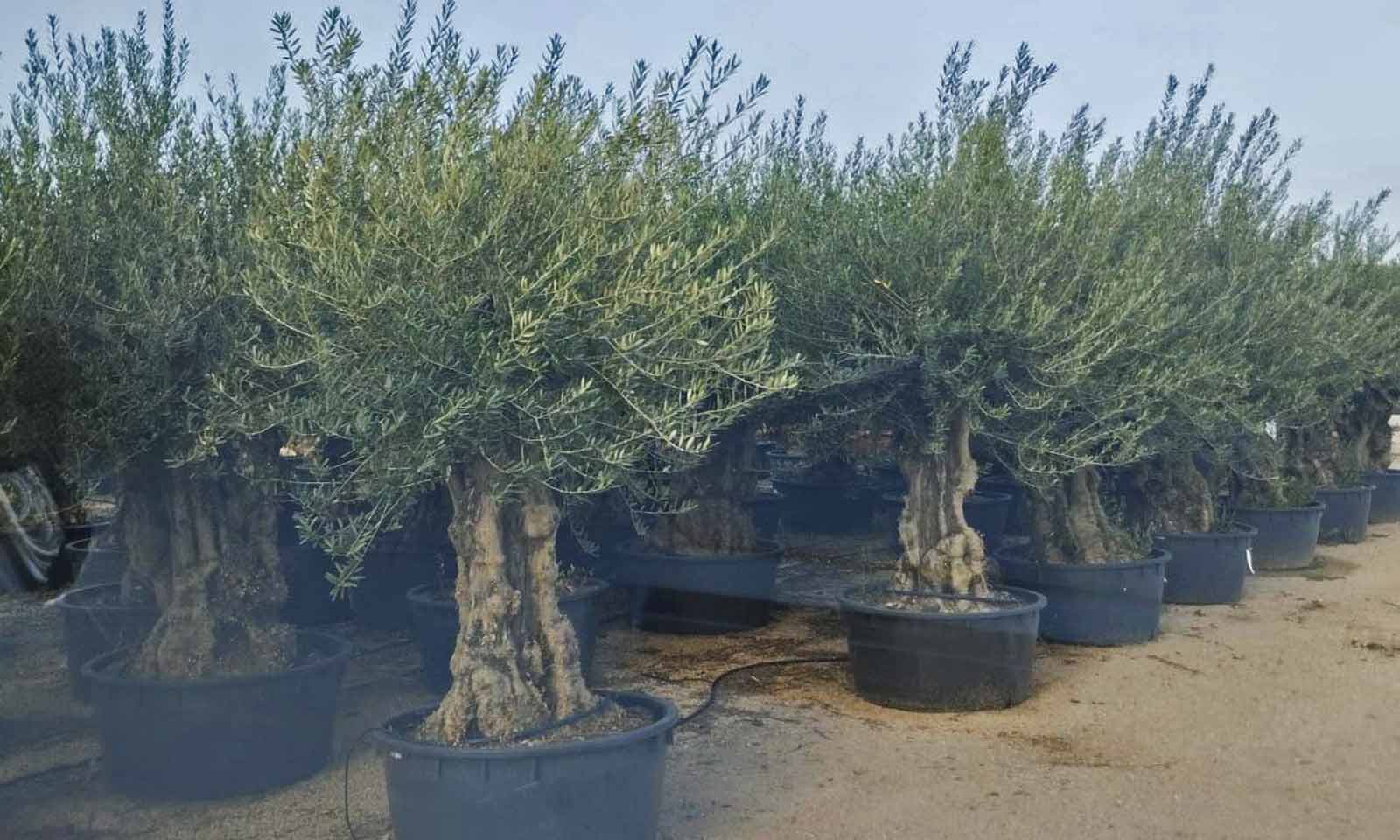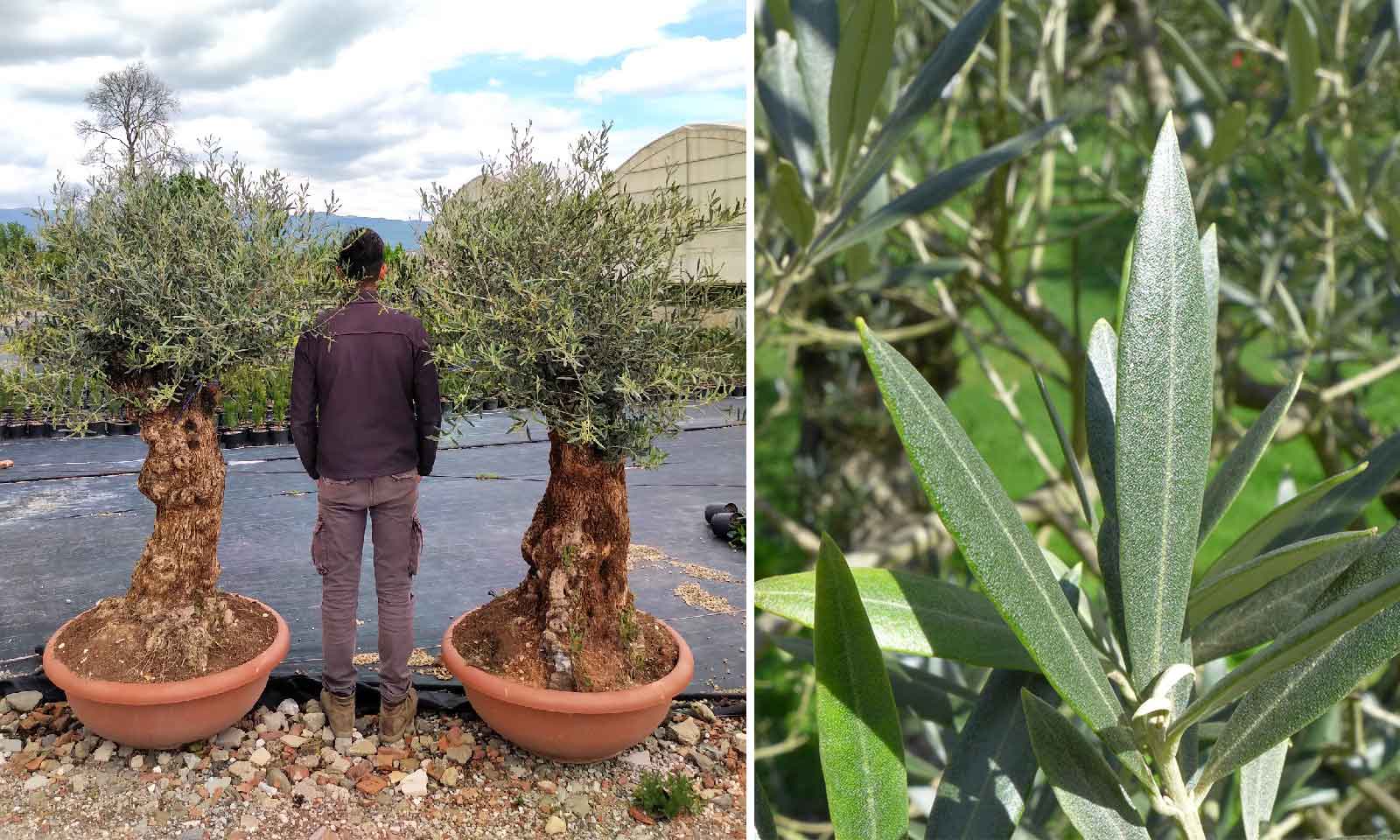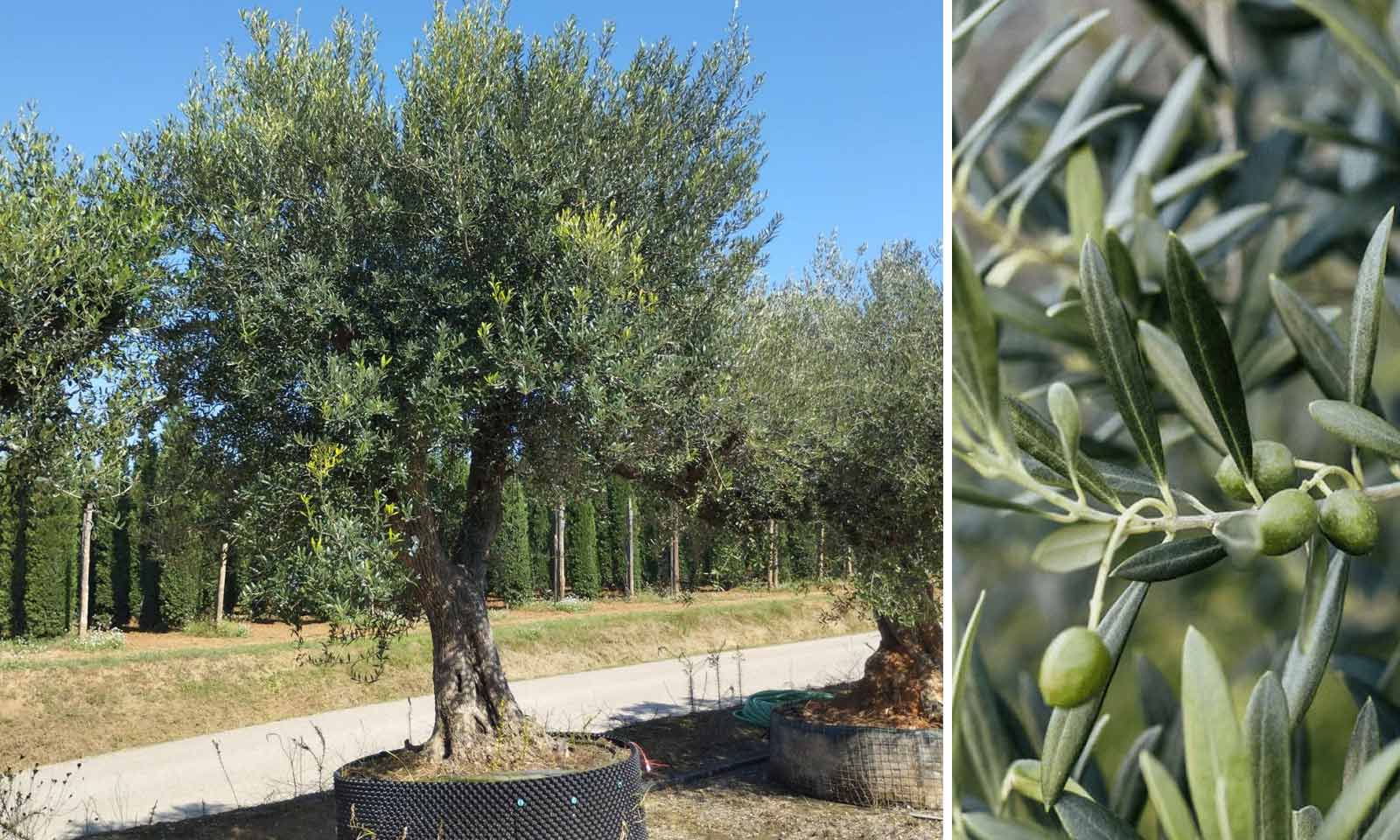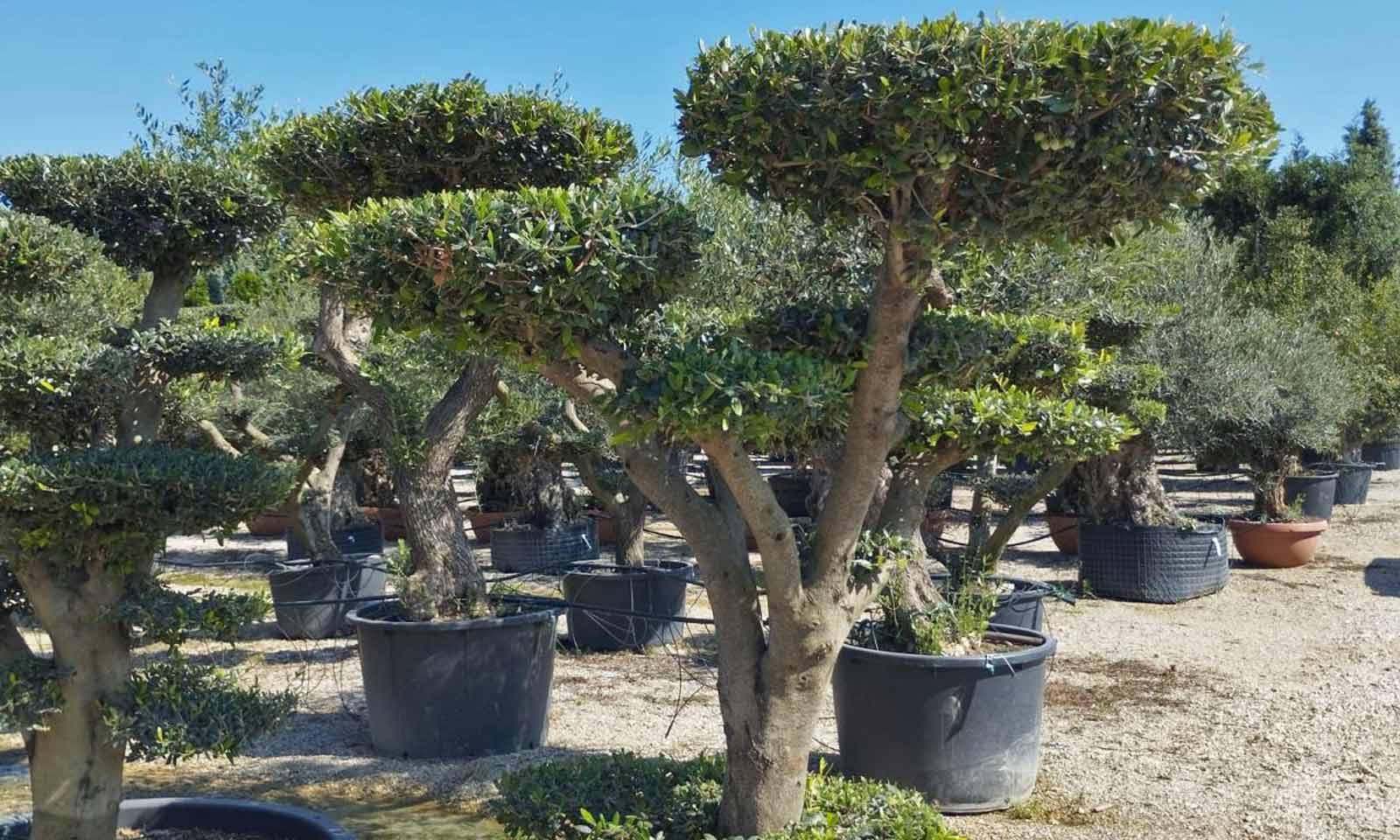Ligustrum Ovalifolium 'Aureum' (Oval-Leaf Privet 'Aureum') - Half Standard
Origin: Japan. Large, semi-evergreen shrub with upright, compact habit. Oval leaves, 5 to 12 cm long, green, with brightly coloured golden-yellow margins. Flowers in June and July, creamy-white, fragrant, clustered in upright panicles, 10 cm long, followed by black fruit. Grows well in poor, calcareous soil. Withstands pollution and tolerates any type of pruning.
Product Dimensions
10 litre pot: trunk – 80-100 cm (2.6-3.3 ft), canopy – 20-40 cm (0.6-1.3 ft);
15 litre pot: trunk – 80-100 cm (2.6-3.3 ft), canopy – 30-40 cm (1.0-1.3 ft);
25 litre pot: trunk – 80-100 cm (2.6-3.3 ft), canopy – 40-60 cm (1.3-2 ft);
35 litre pot: trunk – 80-100 cm (2.6-3.3 ft), canopy – 40-60 cm (1.3-2 ft);
Latin Name: Ligustrum Ovalifolium
English Name: Oval-Leaf Privet, Oval Leaf Privet, California Privet, Garden Privet, Oval-Leaved Privet
Species: Oleaceae
Genus: Ligustrum
Foliage Type: Semi-Evergreen.
Foliage: Green with Golden-Yellow.
Flower: Creamy-White.
Flowering Period: June-July.
Suggested Location: Outdoor.
Suggested Soil Type: Well-drained. Chalk. Clay. Loam. Sand.
Suggested Exposure to Sunlight: Full Sunlight or Partial Shade.
Suggested Exposure to Weather: Sheltered or Exposed.
Hardiness Rating: High (H5)
Lowest Temperature Tolerance: -15 °C to -10 °C (5 °F to 14 °F)
Suggested Uses: Small gardens. Planting in pots. Groups. Borders. Clipped hedges.
Maintenance: Grow in any well-drained, or moist but well-drained soil in sun or partial shade.
Growth Habit: Bushy.
Growth Speed: Fast.
Final Height: 3 m - 5 m (9.8 ft - 16.4 ft)
Final Sideways Spread: 2 m - 3 m (6.6 ft - 9.8 ft)
Delivery Cost: This is calculated based on the total size, weight and quantity of your order, as well as the location of your delivery address. You will see the final price at the Online Checkout Page (before making payment). Our website will automatically calculate the lowest possible delivery price and apply discounts to orders of certain products – giving you the best value delivery every time!
Please note that high-volume orders will decrease your delivery costs significantly by spreading the price across multiple items. Visit our Delivery Policy page for more information.
